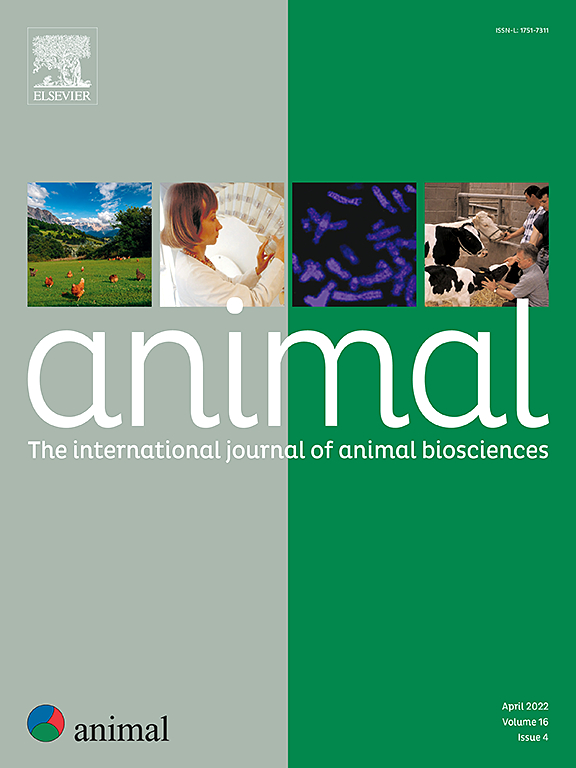Review: Insect diseases in mass production systems: Risks, prevention, diagnostics and management
IF 4.2
2区 农林科学
Q1 AGRICULTURE, DAIRY & ANIMAL SCIENCE
引用次数: 0
Abstract
The field of insect pathology, which is the study of insect diseases, serves two primary applied purposes. Firstly, it aims to manipulate these diseases in order to control pest insect populations using natural enemies, a practice known as biological control. Secondly, it seeks to better protect beneficial insects from diseases. This review focuses on the latter purpose. Historically, research was limited to studies involving the two main domesticated insects, the honeybee and the silkworm. Today, crickets, beetles and flies are being mass-produced for a variety of additional uses including food and feed. These insects are now considered the new livestock and as such, producers are concerned with maintaining their health. This review describes the main pathogen types associated with these insects and their transmission routes. It also discusses additional risks associated with insect diseases in mass production systems and how new and future technologies might help producers manage and protect their livestock throughout their development.
综述:大规模生产系统中的昆虫疾病:风险、预防、诊断和管理。
昆虫病理学领域是对昆虫疾病的研究,主要有两个应用目的。首先,它的目的是操纵这些疾病,以便利用天敌控制害虫种群,这种做法被称为生物控制。其次,它寻求更好地保护益虫免受疾病侵害。本文主要讨论后一种目的。从历史上看,研究仅限于研究两种主要的家养昆虫,蜜蜂和蚕。今天,蟋蟀、甲虫和苍蝇正在被大量生产,用于各种其他用途,包括食物和饲料。这些昆虫现在被认为是新的牲畜,因此,生产者关心的是保持它们的健康。本文综述了与这些昆虫有关的主要病原体类型及其传播途径。它还讨论了大规模生产系统中与虫害相关的其他风险,以及新技术和未来技术如何帮助生产者在整个发展过程中管理和保护其牲畜。
本文章由计算机程序翻译,如有差异,请以英文原文为准。
求助全文
约1分钟内获得全文
求助全文
来源期刊

Animal
农林科学-奶制品与动物科学
CiteScore
7.50
自引率
2.80%
发文量
246
审稿时长
3 months
期刊介绍:
Editorial board
animal attracts the best research in animal biology and animal systems from across the spectrum of the agricultural, biomedical, and environmental sciences. It is the central element in an exciting collaboration between the British Society of Animal Science (BSAS), Institut National de la Recherche Agronomique (INRA) and the European Federation of Animal Science (EAAP) and represents a merging of three scientific journals: Animal Science; Animal Research; Reproduction, Nutrition, Development. animal publishes original cutting-edge research, ''hot'' topics and horizon-scanning reviews on animal-related aspects of the life sciences at the molecular, cellular, organ, whole animal and production system levels. The main subject areas include: breeding and genetics; nutrition; physiology and functional biology of systems; behaviour, health and welfare; farming systems, environmental impact and climate change; product quality, human health and well-being. Animal models and papers dealing with the integration of research between these topics and their impact on the environment and people are particularly welcome.
 求助内容:
求助内容: 应助结果提醒方式:
应助结果提醒方式:


